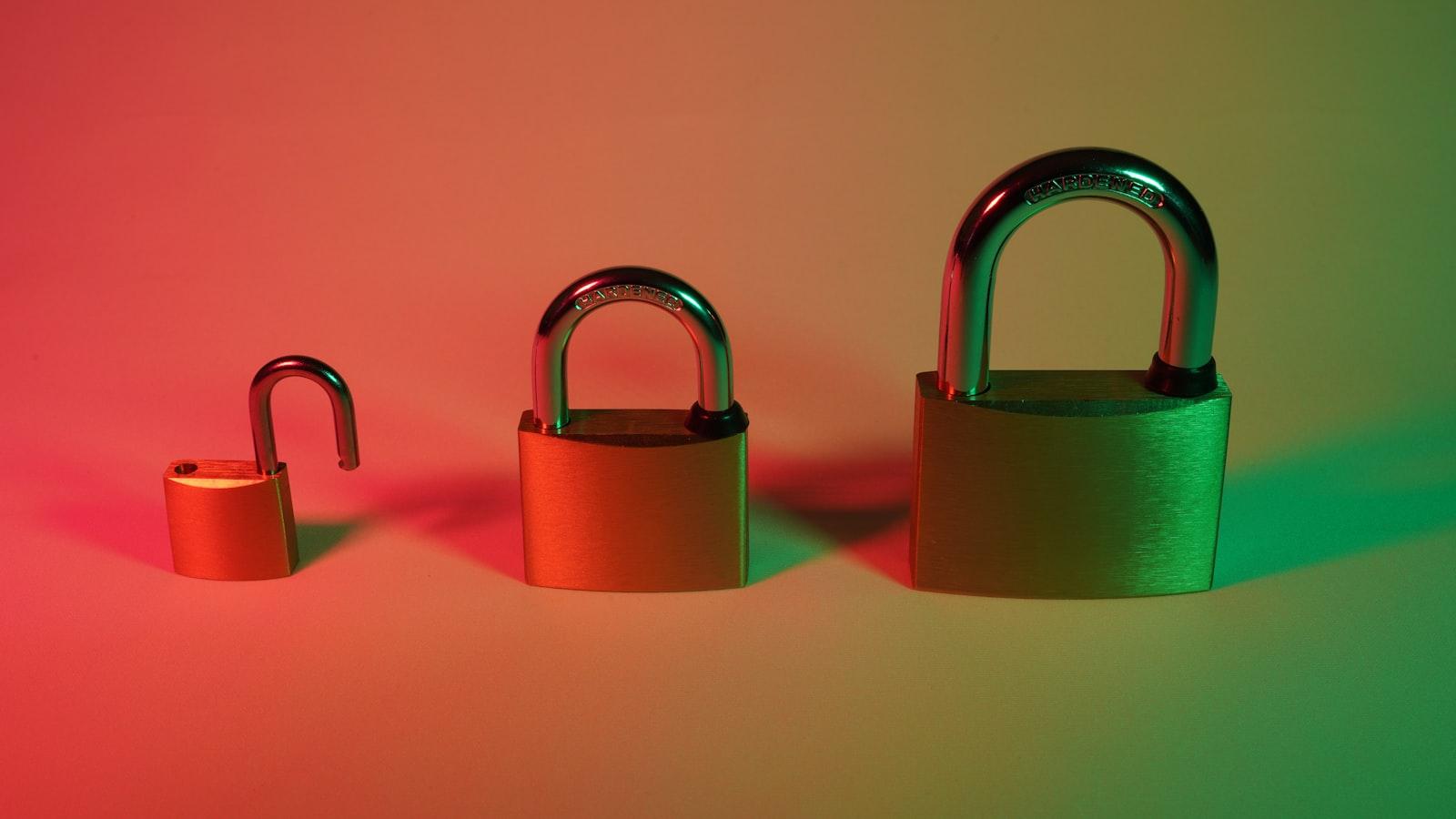In an age where technology reigns supreme, the use of electronic signatures has become increasingly prevalent in the world of business. With the convenience and efficiency they offer, it’s no wonder why more and more companies are making the switch from traditional pen and paper signatures to their digital counterparts. However, as with any form of technology, there are legal and security considerations that must be taken into account when using electronic signatures. In this article, we will explore the ins and outs of the digital mark, shedding light on the legality and security aspects that are crucial for navigating this modern approach to signing documents. Whether you’re a seasoned professional or a newcomer to the world of electronic signatures, this article will provide you with the knowledge and tools you need to confidently utilize this innovative technology in your business dealings.
Understanding the Legal Validity of Electronic Signatures
Electronic signatures have become widely accepted in the legal world, but understanding their validity and security is crucial for businesses and individuals alike. Legally binding: Electronic signatures are legally recognized as a valid way to sign documents in most countries, including the United States, the European Union, and many others. As long as certain criteria are met, such as consent, intent, and ability to verify the signatory’s identity, electronic signatures hold the same weight as traditional pen-and-paper signatures. Levels of security: Different types of electronic signatures offer varying levels of security. Basic electronic signatures are the most common and are as simple as typing your name into a document. Advanced electronic signatures use encryption technology to ensure data integrity and authentication. Qualified electronic signatures are the most secure, requiring a digital certificate from a trusted provider. By understanding the legal validity and security of electronic signatures, individuals and businesses can confidently navigate the digital landscape.

Best Practices for Ensuring the Security of Electronic Signatures
One key practice for ensuring the security of electronic signatures is to use encrypted channels when sending and receiving signed documents. By encrypting the communication between parties, you can prevent unauthorized access to sensitive information. Additionally, implementing multi-factor authentication can add an extra layer of security to verify the identity of the signatory. This can include using a combination of something the user knows (like a password), something they have (like a mobile phone for receiving a verification code), and something they are (like a fingerprint or facial recognition). By incorporating these best practices into your electronic signature processes, you can enhance the legality and security of your digital transactions. As we conclude our exploration of the digital mark, it is clear that electronic signatures provide both convenience and efficiency in the modern world of business. However, it is essential to understand the legal and security implications that come with utilizing electronic signatures. By navigating this landscape with caution and ensuring that all parties involved are informed and protected, we can harness the power of technology while safeguarding our interests. Remember, the digital mark is a valuable tool when used appropriately and with the necessary safeguards in place.


